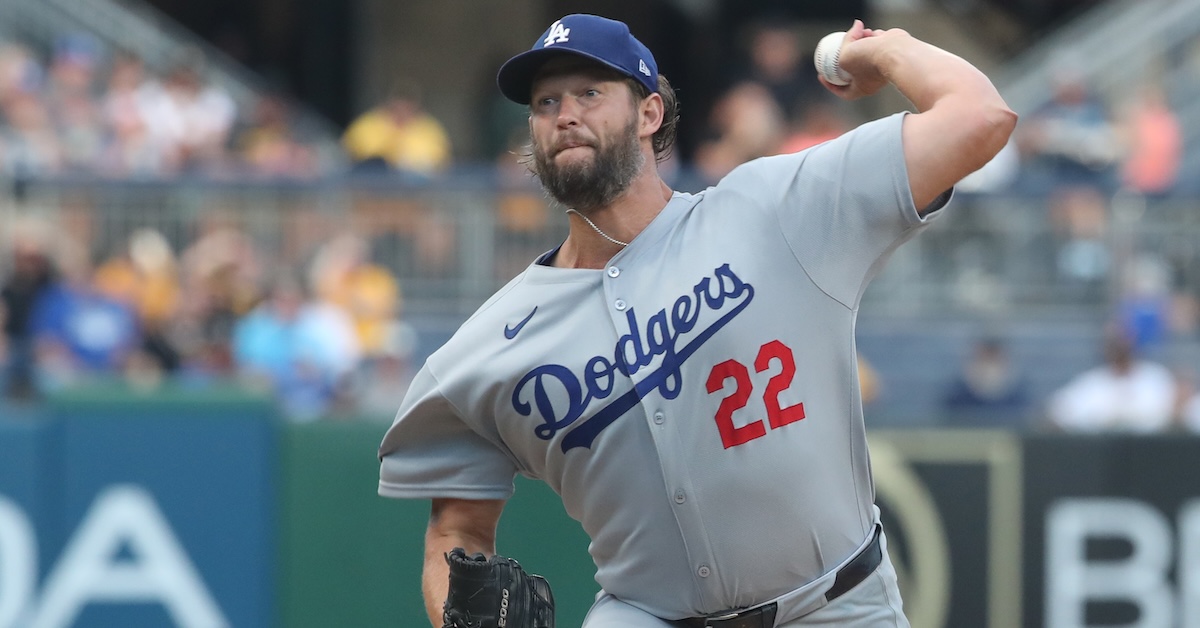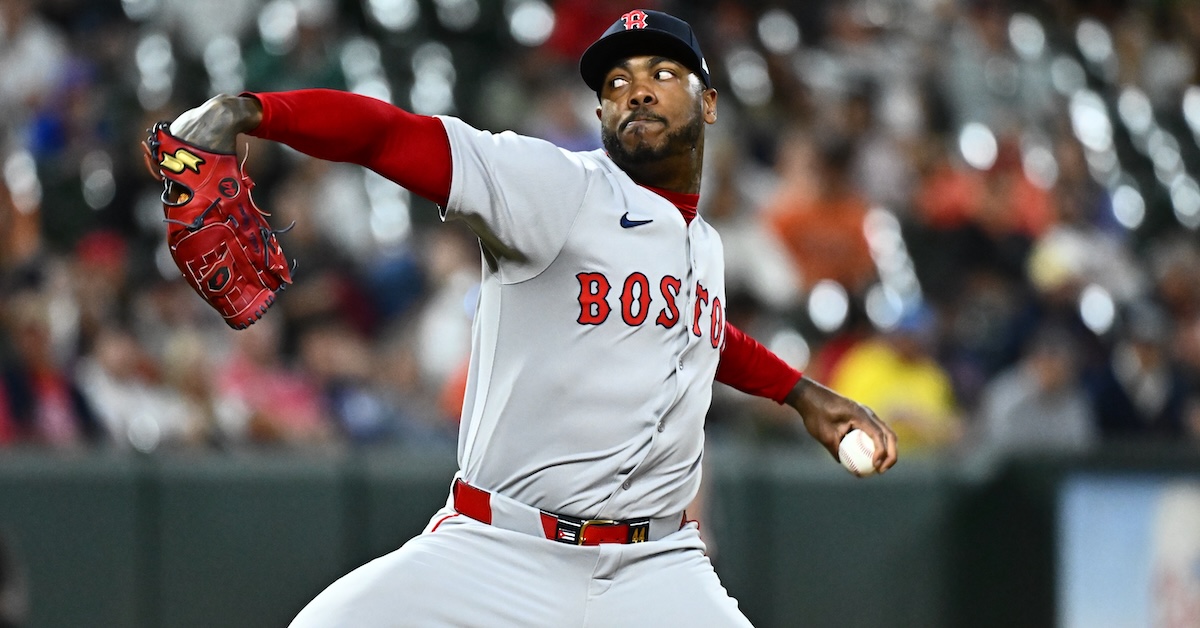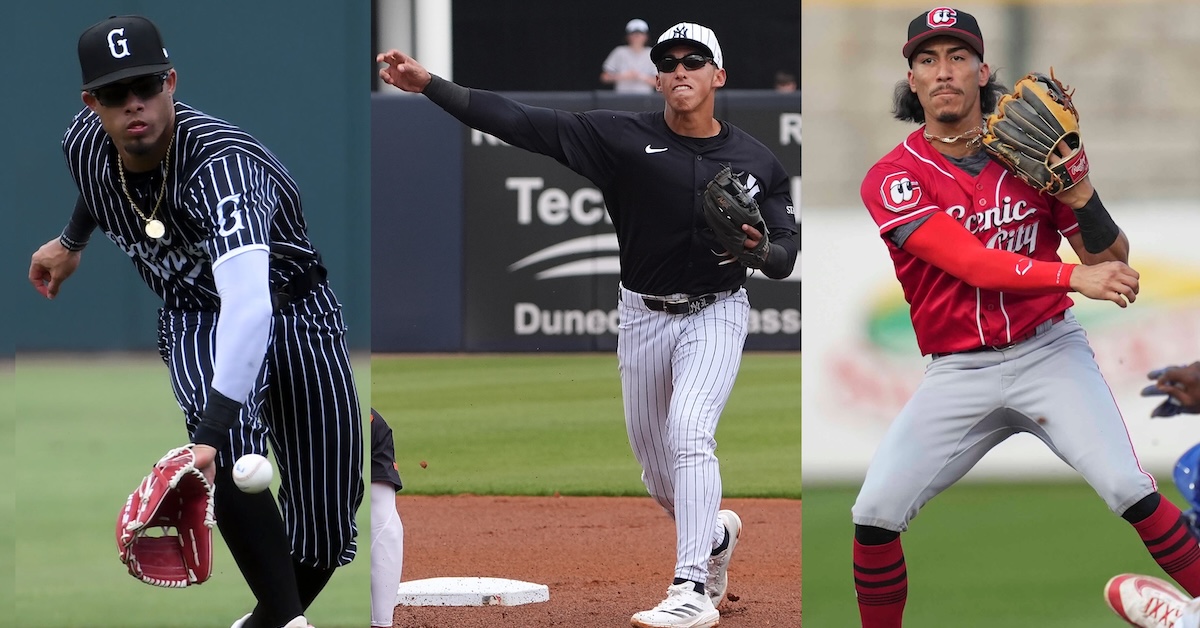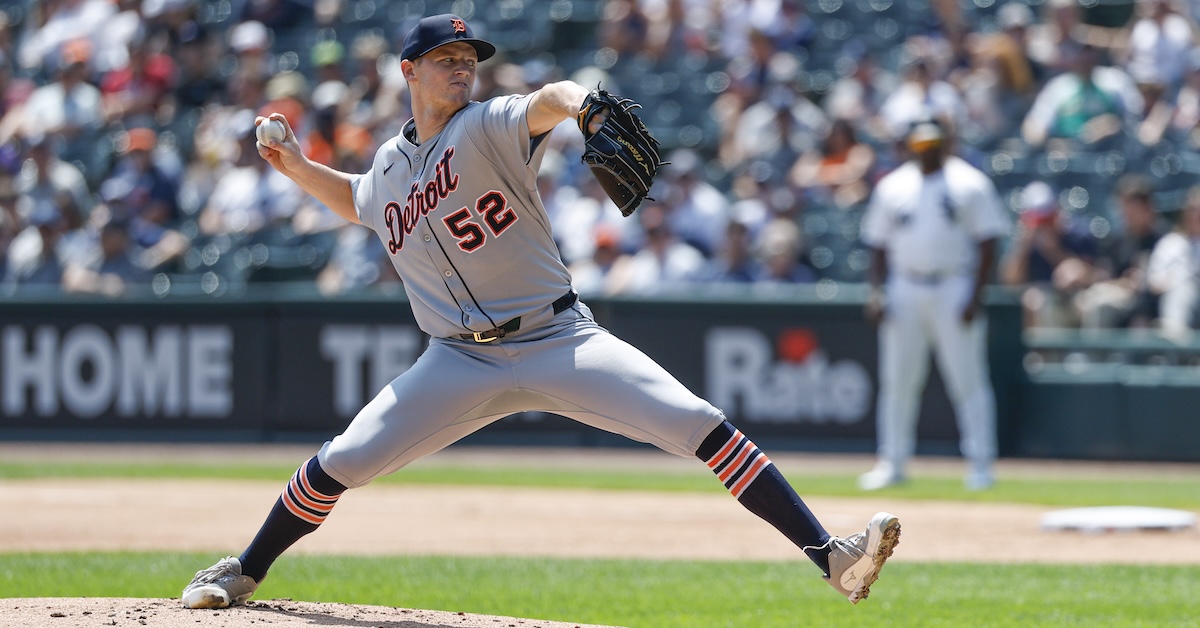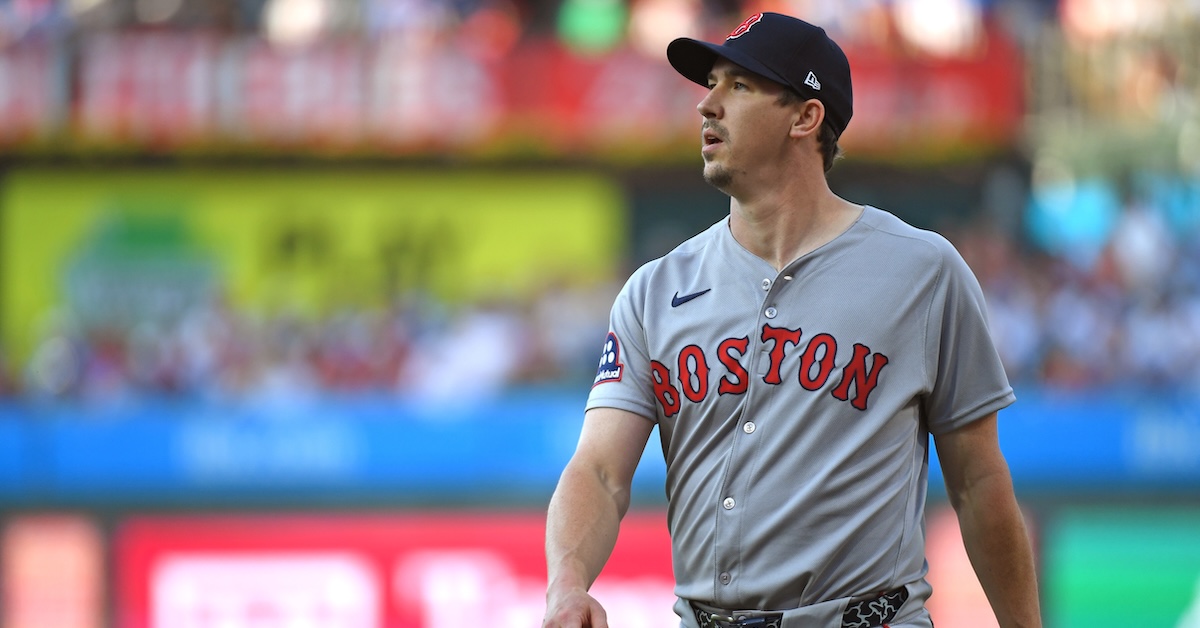Claimed off Waivers, Ha-Seong Kim Is Atlanta’s Starting Shortstop
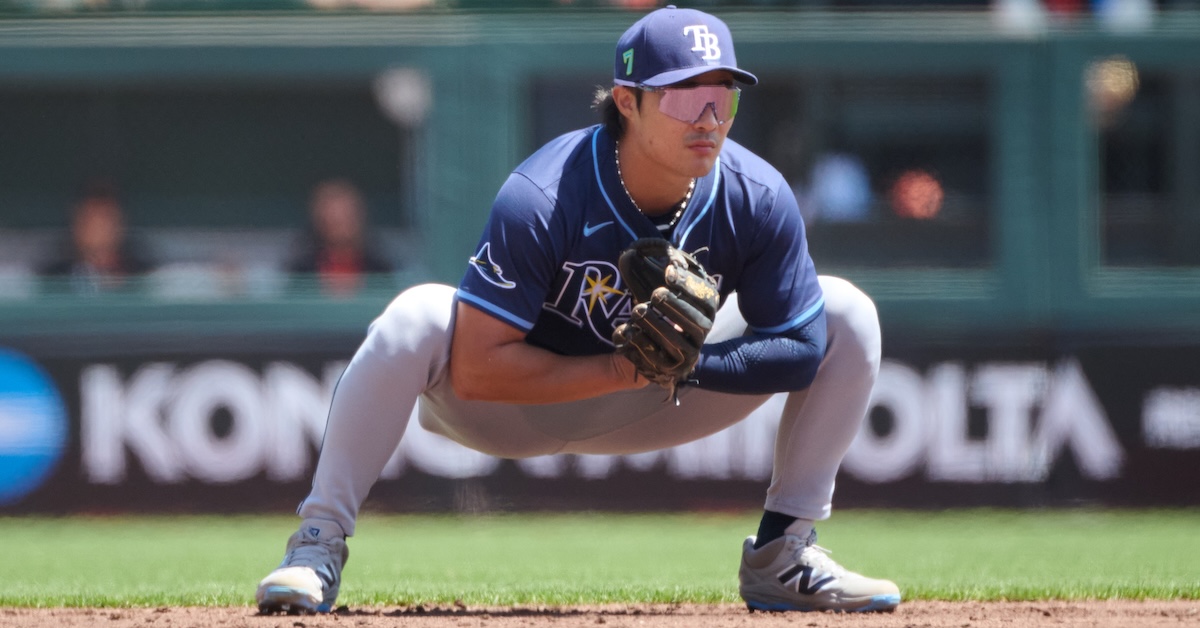
Well, the dream is dead. Throughout the season, I have been tracking Nick Allen’s chances of reopening the Homerless Qualifier Club, the exclusive fraternity of players who make enough plate appearances to qualify for the batting title but fail to hit a single home run. In 2022, Myles Straw became the only entrant since 2012 and just the 19th of the century. Allen has played in 128 of Atlanta’s 139 games, but batting last and frequently giving up his spot in favor of a pinch-hitter has kept him just under the threshold of 3.1 plate appearances per game all season long. The cruel cat-and-mouse game is finally over, though, because the Braves have claimed Ha-Seong Kim from the Rays off waivers. Kim started at shortstop on Tuesday, going 2-for-4. Manager Brian Snitker made it clear that Kim will play there for the remainder of the season.
Kim tore the labrum in his right shoulder on August 18 last year, requiring surgery and putting an unceremonious end to his final season with the Padres. The Rays took a gamble on him knowing that he wouldn’t be available until May at the earliest, signing him on a two-year deal with an opt-out for $13 million this year (with $2 million more in incentives), then $16 million in 2026. If he performed well, Tampa Bay would have him for one season at a big discount, and he’d get a second shot at having a proper platform year. Instead, Kim’s return was delayed until July by hamstring and calf injuries, and lower back issues put him on the IL twice more in the past two months. In all, Kim got into just 24 games with the Rays, making 93 plate appearances and recording a wRC+ of 72, his worst offensive showing since 2021, his first year in the U.S. That made keeping Kim around for the 2026 season too big a risk for the Rays.
All of this is a shame. Kim is a great player, an excellent, versatile defender with a solid bat, and injuries have now robbed him of his second chance to sign a deal that would reflect that excellence. Even if he puts up a fantastic 2026 campaign, he’ll be re-entering free agency after his age-30 season, which isn’t easy for a player whose value is so wrapped up in his glove.
Now, the Braves are the team taking a chance on Kim. Unless he puts up the greatest September in recent memory, he will forego his opt-out and get paid $16 million to anchor the Atlanta infield in 2026. He wouldn’t have to return all the way to the form he showed from 2022 to 2024 – when he ran a 106 wRC+ with 15 DRS and 7 FRV to average 4.0 WAR per 162 games – in order to make that a bargain. Still, he represents a risk. Atlanta is tying itself to a player who has suffered several minor injuries while recovering from a major one, and who hasn’t performed in his limited time with Tampa Bay. On the other hand, that time was so limited that it’s hard to tell where the noise leaves off and the signal starts. Read the rest of this entry »


